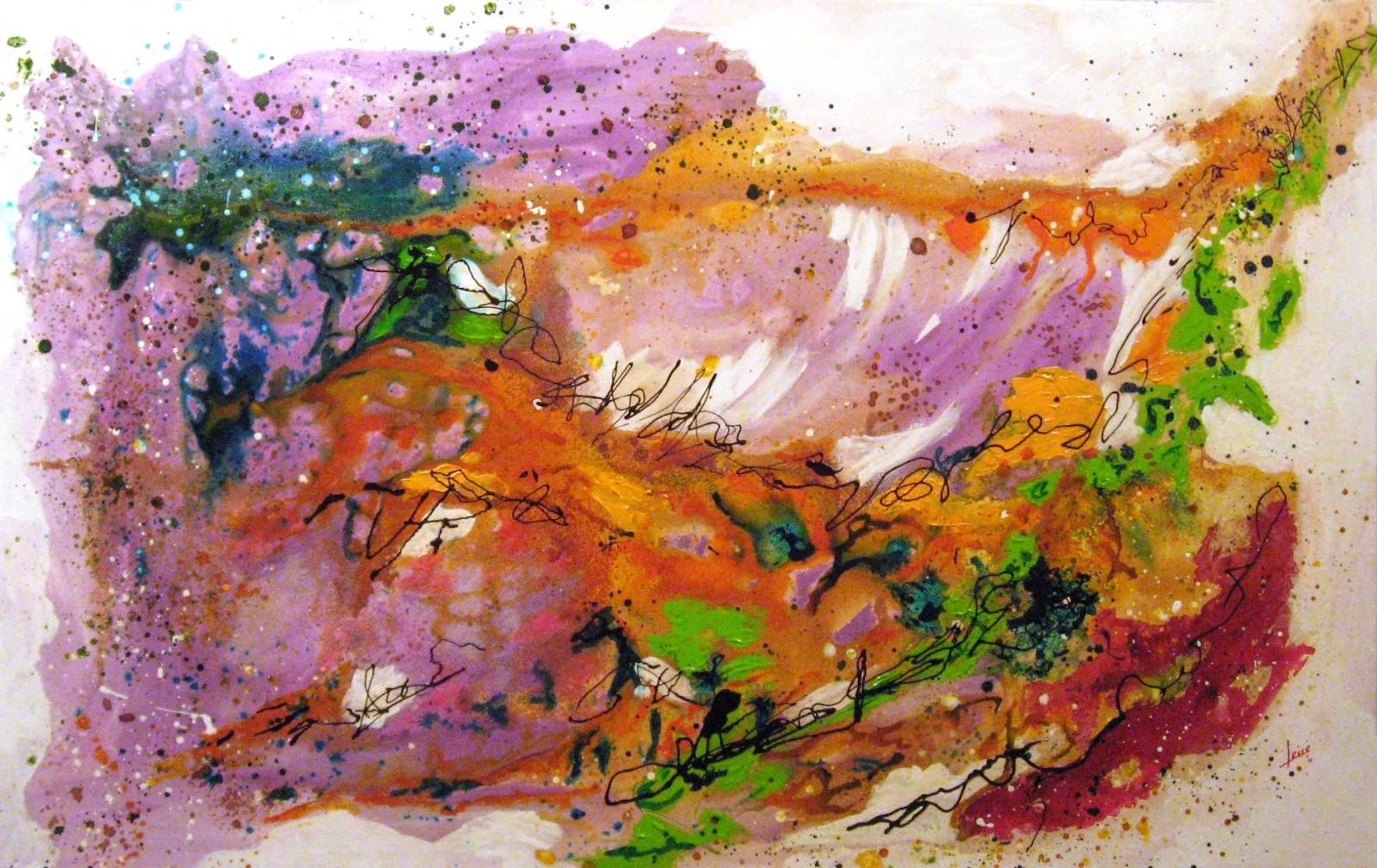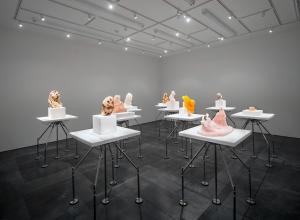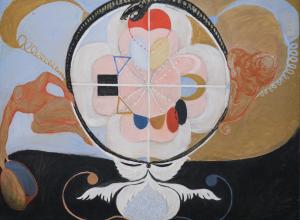This deliberate movement of art from muse to medicine really began to take off when treating patients with tuberculosis. With cases skyrocketing in the early 20th century, patients were often confined to sanatoriums– specialized hospitals used to isolate individuals for treatment of specific diseases, typically located in the countryside for access to fresh air. Dealing with both illness and isolation, these patients were given the opportunity to combat their loneliness by occupying themselves with painting and drawing. This artistic outlet proved beneficial when those patients were perceived to be suffering less overall than those who did not participate. Not only was art a distraction, but it also gave the patients a feeling of freedom, control, and normalcy which ultimately improved their mental well-being.
Seeing the positive impact of art engagement in clinical settings, art therapy was soon formally integrated into mental hospitals. Artist, psychologist, and educator Margaret Naumburg was one of the pioneers of this integration as she advocated for the exploration and healing of emotions through artistic expression. Having a background working with children, Naumburg pushed to establish art therapy as an actual discipline in schools, and eventually even taught classes on it. Similarly, Austrian painter and educator Edith Kramer was yet another pioneering woman of this movement. She used art therapy in her classroom by having students with emotional and behavioral problems release their anxieties and anger into visual means.





























